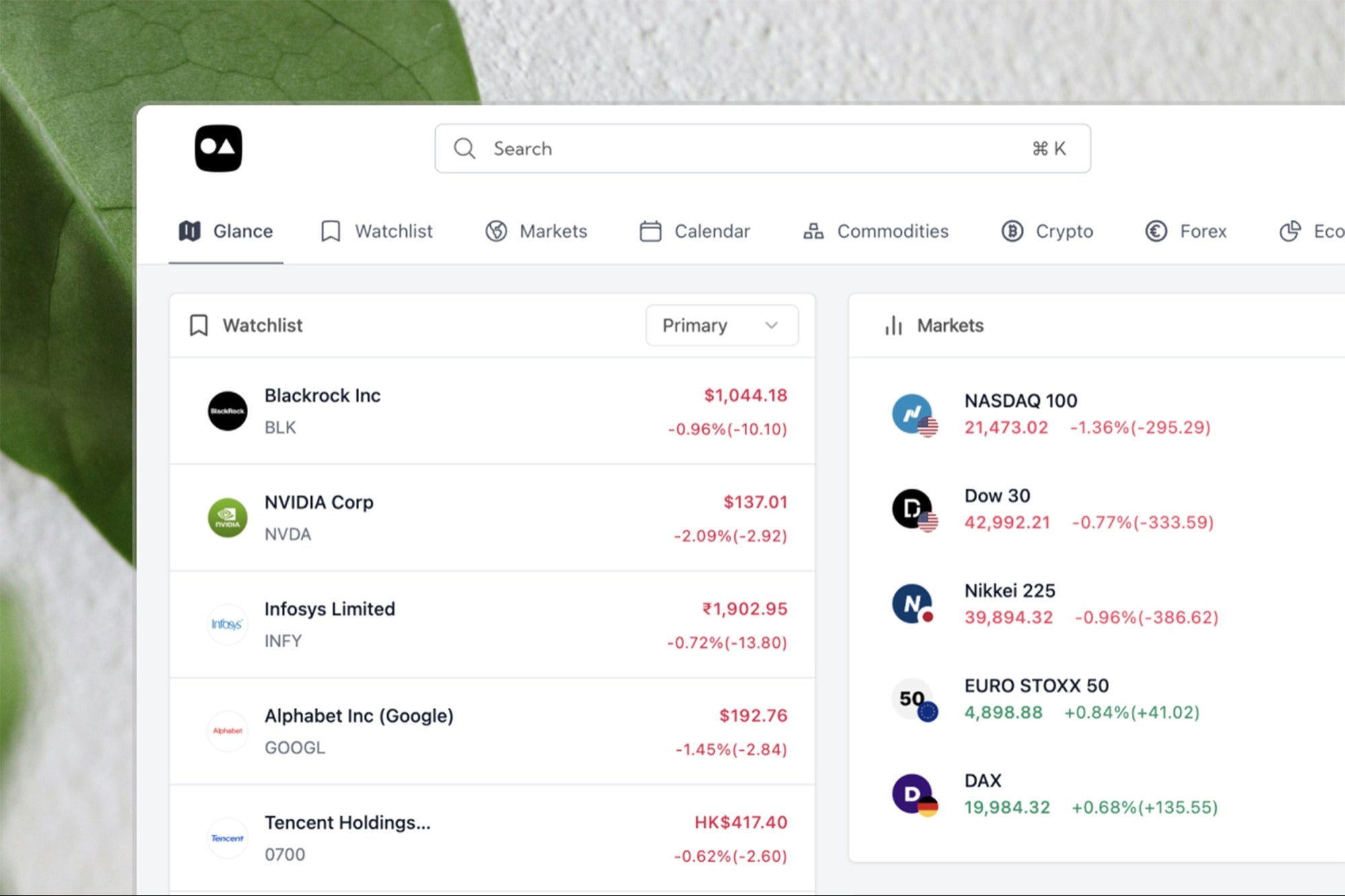3 Easy Ways to Improve Workplace Flexibility Don't fit your employees into a box, but allow them the freedom to make their best work.
By Gary Beckstrand Edited by Dan Bova
Opinions expressed by BIZ Experiences contributors are their own.

Recent research suggests that 4:00 a.m. is the most productive hour of the day. Your typical over-achiever gets up around this hour, tackles a few personal things and gets cranking on work responsibilities. Tech titan Tim Cook is known to start his morning routine at 3:45 a.m. and be the first in the office. That said, some of us think a little better after a reasonable 6:45 a.m. wake up and cup of coffee. Others may operate at their highest function in mid-morning or in the evening hours. Other research from the University of California, Irvine, finds that productivity for most rises in the late morning and peaks between 2:00 and 3:00 p.m., with a dramatic drop off after.
The purpose of using these opposing studies is to state that optimal productivity hours depend on each individual.
That's why it's so important to create a company culture that affords adequate workplace flexibility. Whether your employees produce their best work at 4:00 a.m. or at 9:30 p.m., you should give them the freedom to perform at the pinnacle of her brainpower.
Workplace flexibility is experiencing a revolution in many ways. With the advent of the millennial as the largest generation in the workforce, organizations are increasingly adapting to their preferred style of work -- one of autonomy and pliancy. But, many organizations still have a way to go to achieve what employees are seeking and in implementing the practices that will truly create the best company culture. Here are a few ways to get there.
1. Make everyone play by the same rules.
In an effort to be a more family-friendly workplace, many companies grant mothers and fathers the freedom to leave the office earlier to pick up their children from school, attend their daughter's soccer game or watch their son's orchestra performance. This acknowledgement, that employees have family responsibilities outside of work, is beneficial for employee retention and well-being, and we should never regress into the antiquated "you must always be in your desk from 9:00 to 5:00" mentality.
However, we should allow this same flexibility to employees with all types of family situations -- married without children, single, etc. Workplace flexibility should not be dependent on familial circumstances or lifestyle; all employees' time should be valued equally, and flexibility ought to be consistent. I'm not trying to say that each employee should be allowed to leave at 3:30 p.m. everyday, but we want to avoid presenting our workplaces as unintentionally unfair to single people -- they shouldn't be expected to stay later than others just because of their relationship status. Managers should be approachable to employees of all lifestyles and keep their workplace flexible for everyone.
2. Encourage activities outside of work.
The next level to cultivating a happy, flexible workplace culture is not simply tolerating activities outside of work, but encouraging employees to lean into their hobbies and external interests. Part of this encouragement is for managers to proactively grant their employees the work/life balance needed to engage in these endeavors, and to be genuinely attentive about the events occurring outside of the office. For example, a coworker of mine goes on a 30-minute run in the late afternoon to clear her mind and prepare her to successfully complete the rest of her activities in the day. If she doesn't go on her run, her manager will notice and ask if she's feeling okay with her workload and if they need to shift anything around so she can have that important time to replenish. He gives her the affirmation that this activity is not only okay, but supported. It shows that her personal passions are considered valuable and her work/life balance is a priority.
3. Give employees time to think.
Allowing your employees to go for runs may also have more benefits than just making them happy. While we are engaged in aerobic exercise, our brains convert to alpha waves, indicating our brains are in a default-state typically connected to daydreaming or meditation. Research shows that alpha waves reduce stress and boost creativity and innovation — supporting the proverbial "I got my idea while in the shower" notion.
Giving your employees time away from drilling down into email, communicating in meetings or marathon-ing through a project -- the activities associated with beta and gamma brain waves -- allows them the mental energy to individually brainstorm, internalize information and devise some of their best action plans. This means managers should encourage breaks, whether it's a stroll around the block or a face-to-face interaction.
What's in the future for workplace flexibility?
When creating a company culture that condones workplace flexibility, we need to find an appropriate, reasonable equilibrium between flexibility and facetime in the office. But instilling a culture where managers are equally flexible across the board, care about their employees as people and allow them the time to impute data in an alpha state of mind can help us move forward in workplace flexibility while advancing productivity. And, as employees feel the autonomy, trust and care granted by their managers, they will feel they have the freedom to produce their best work.











